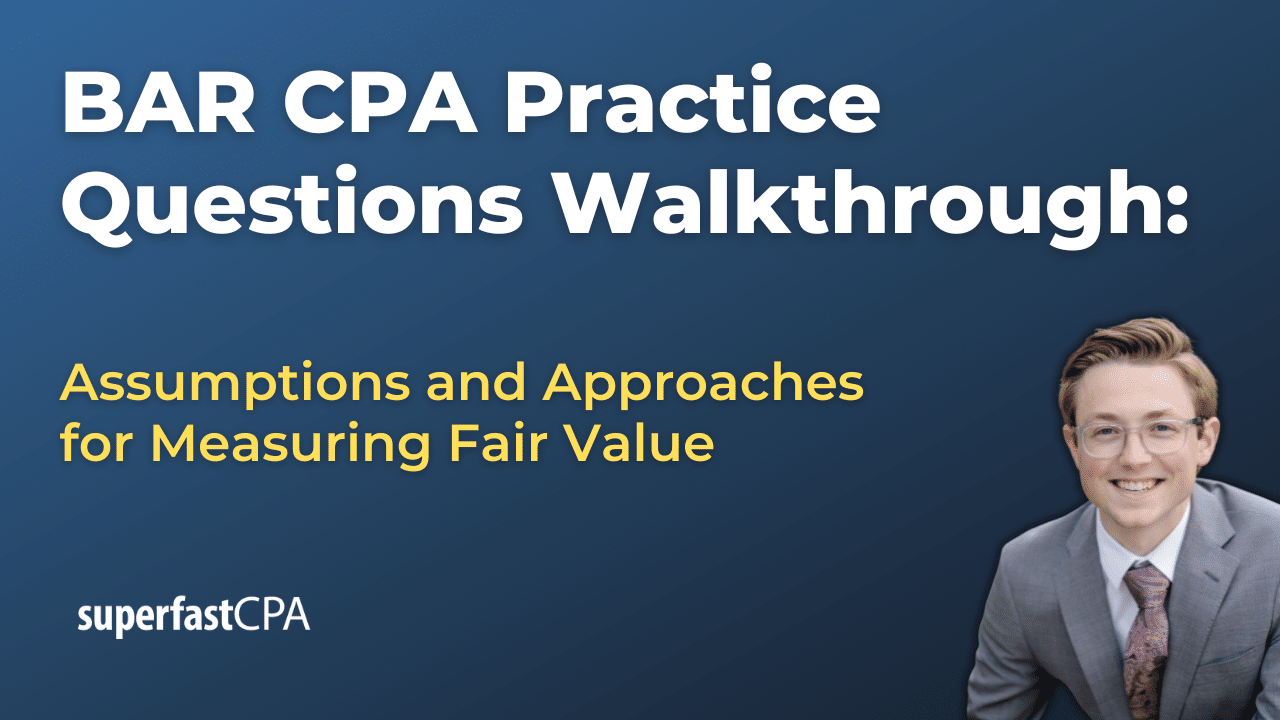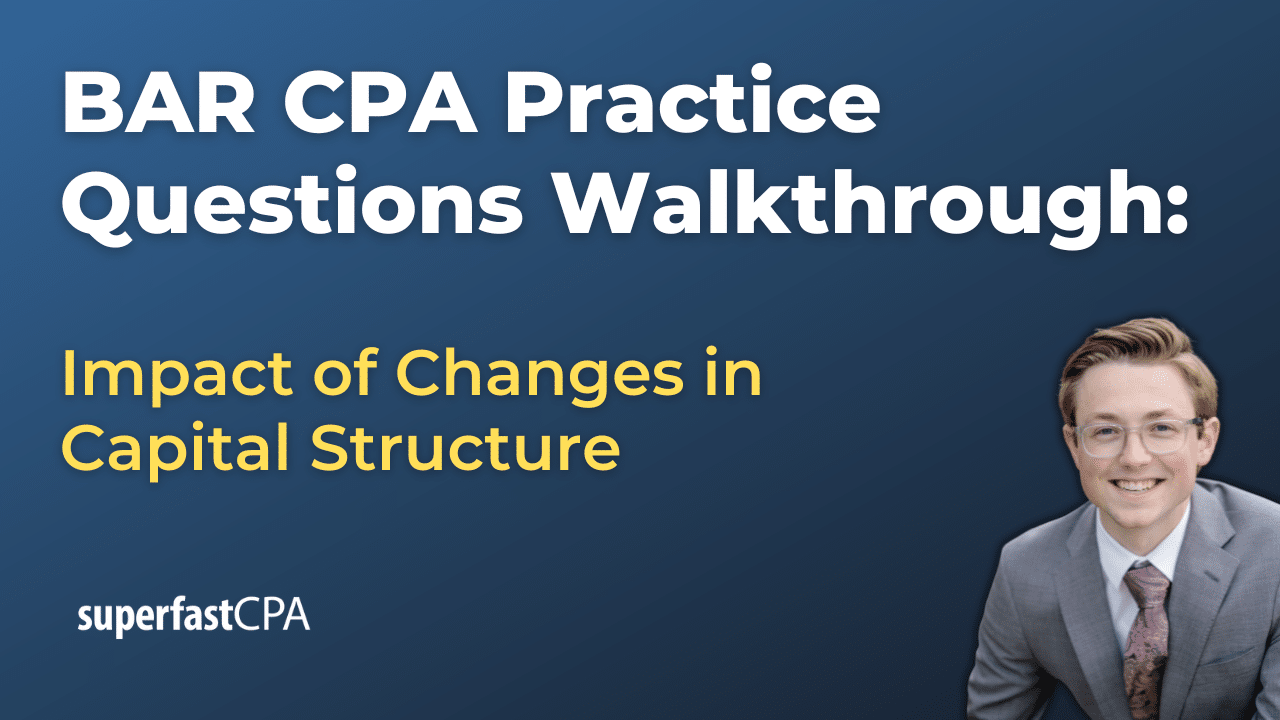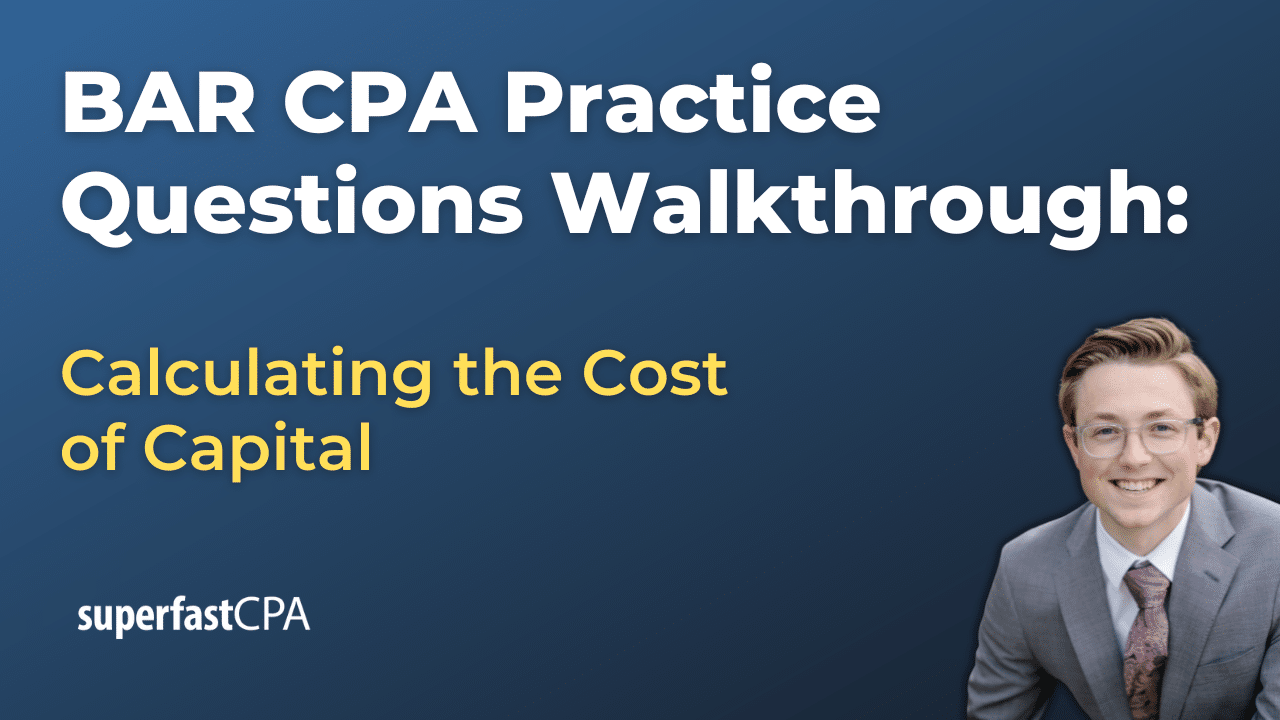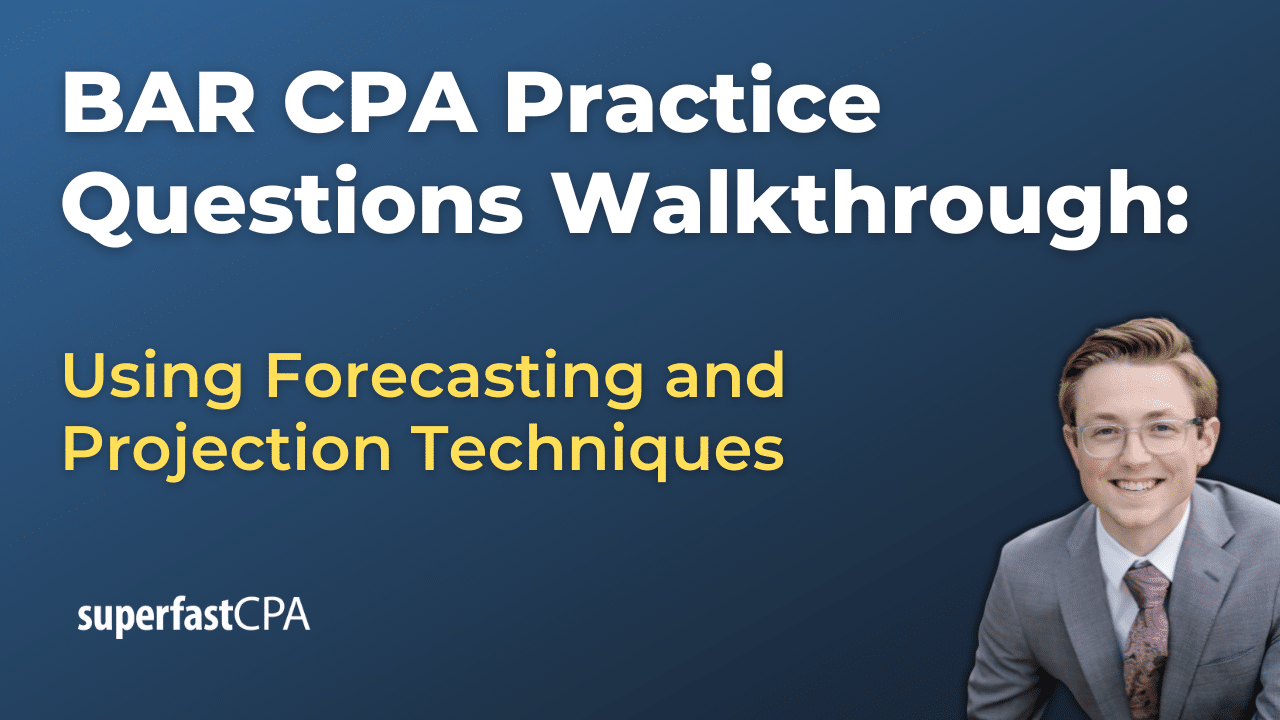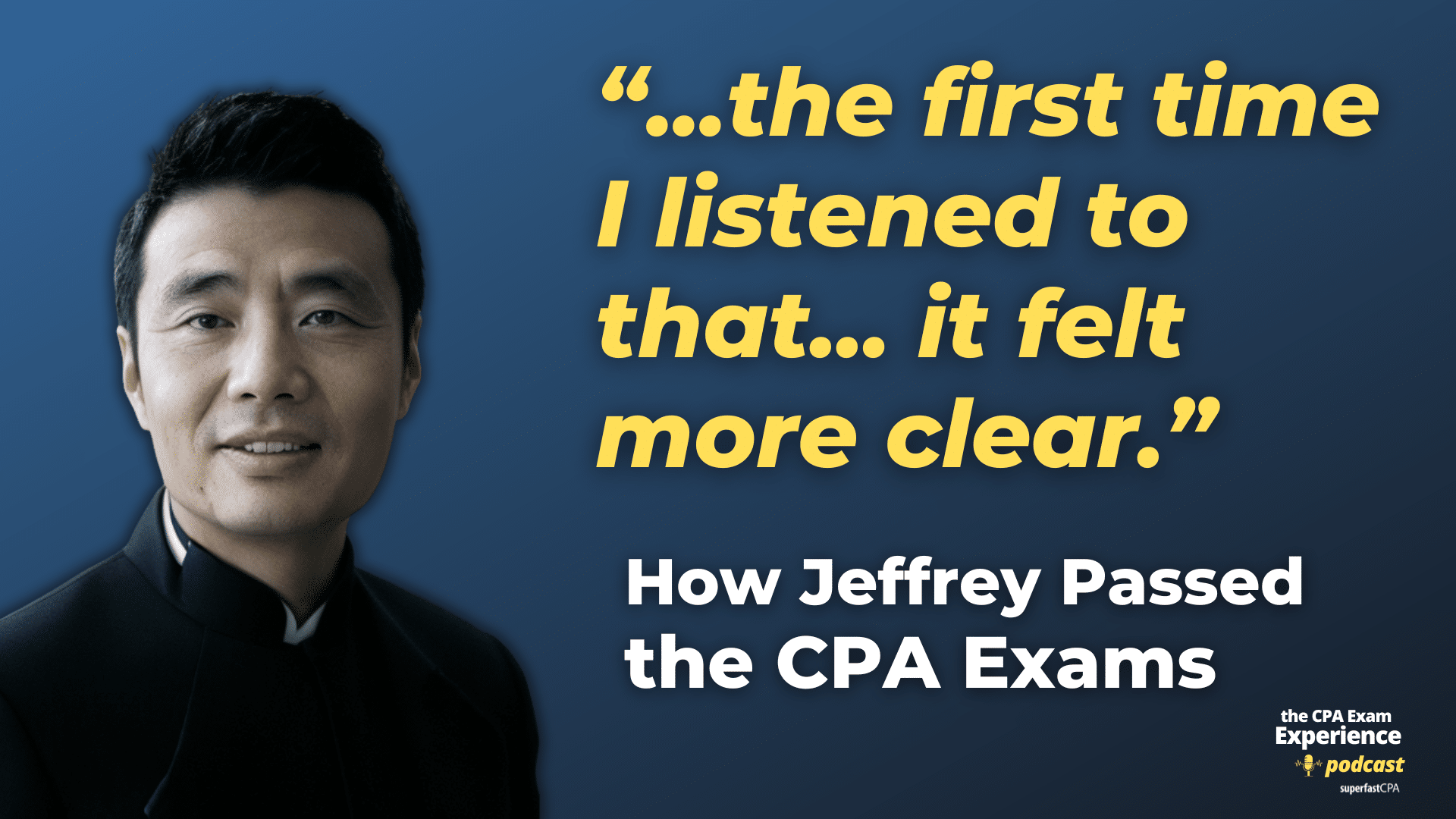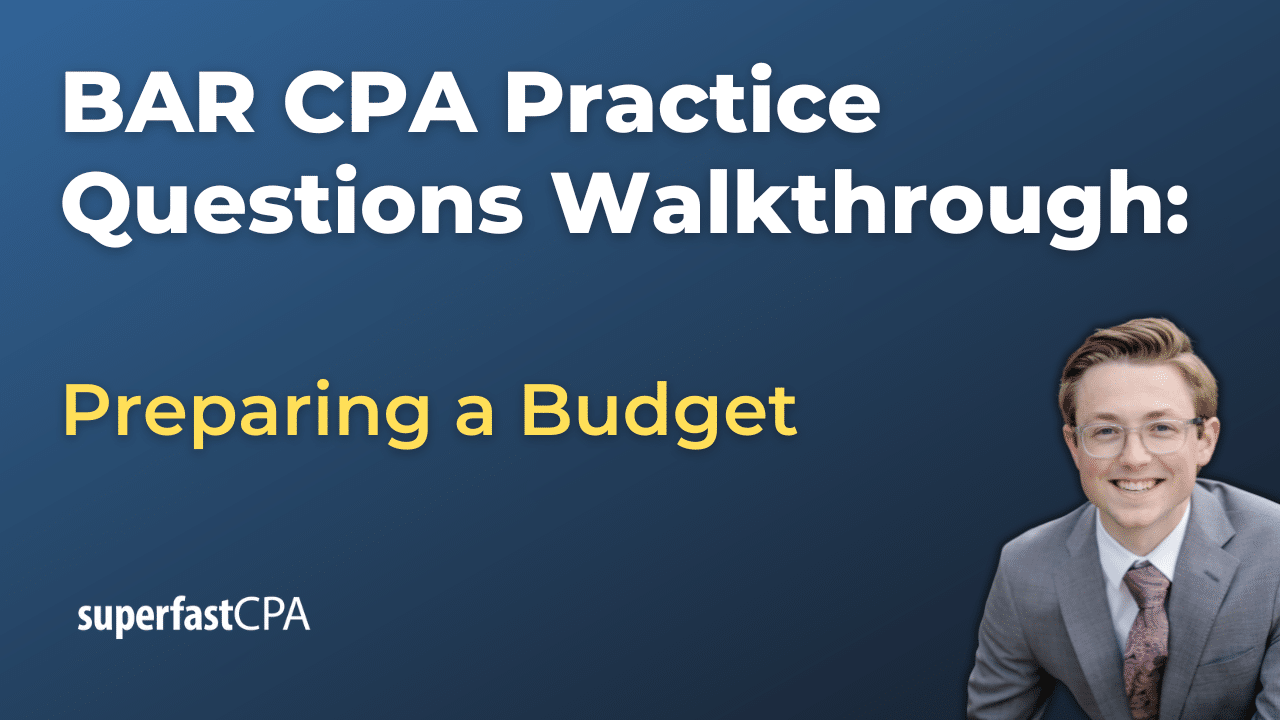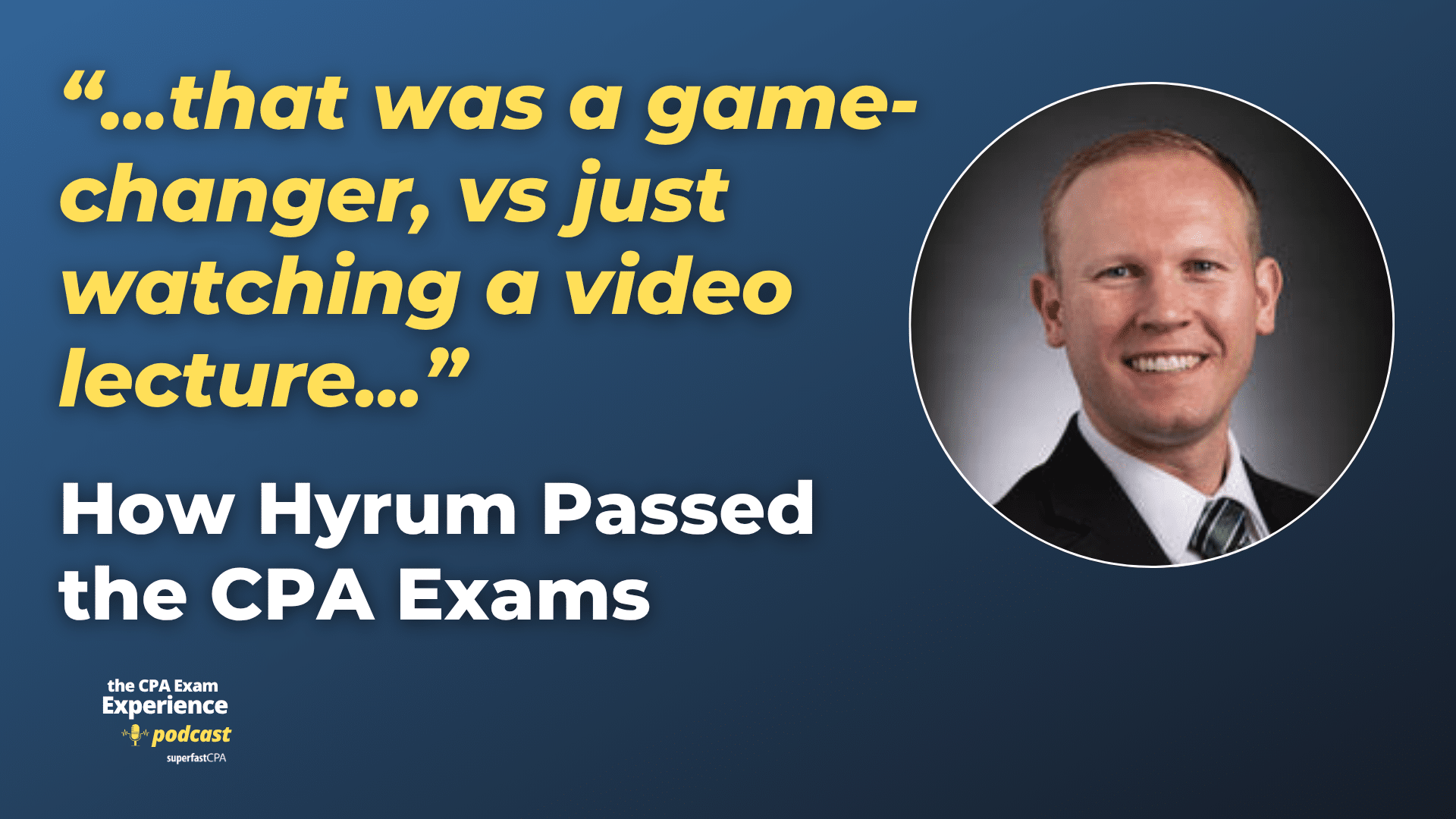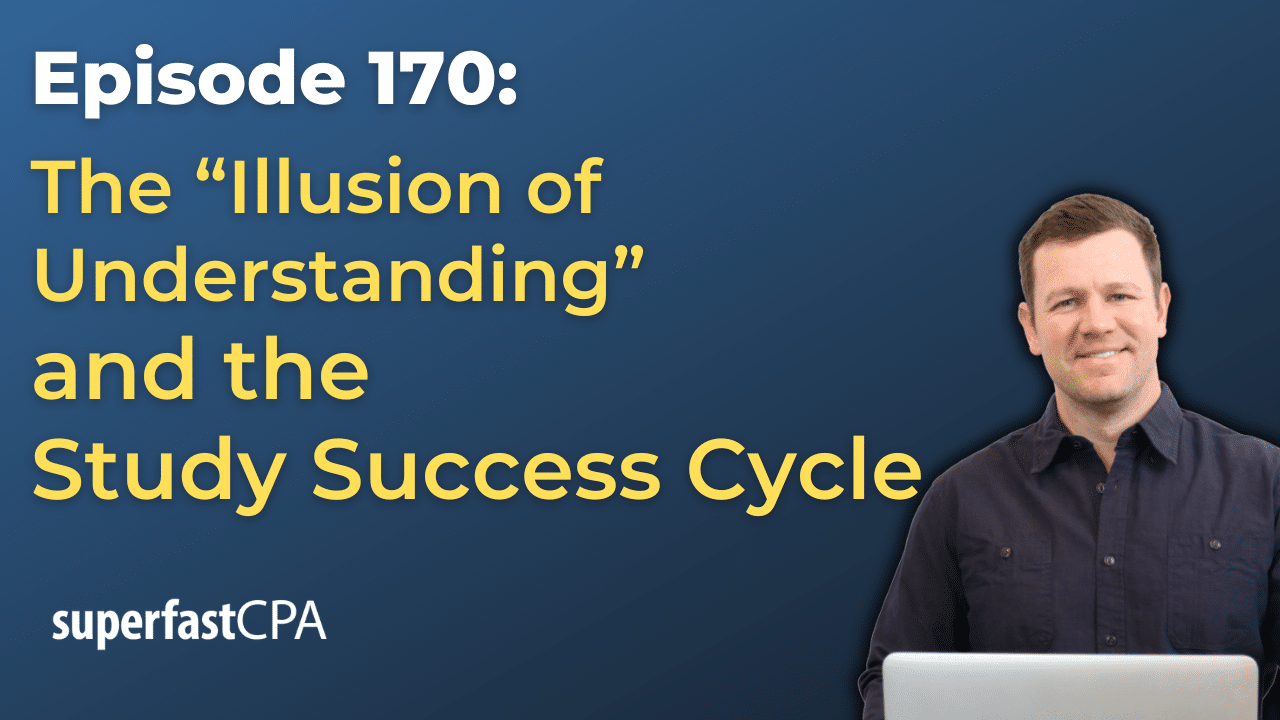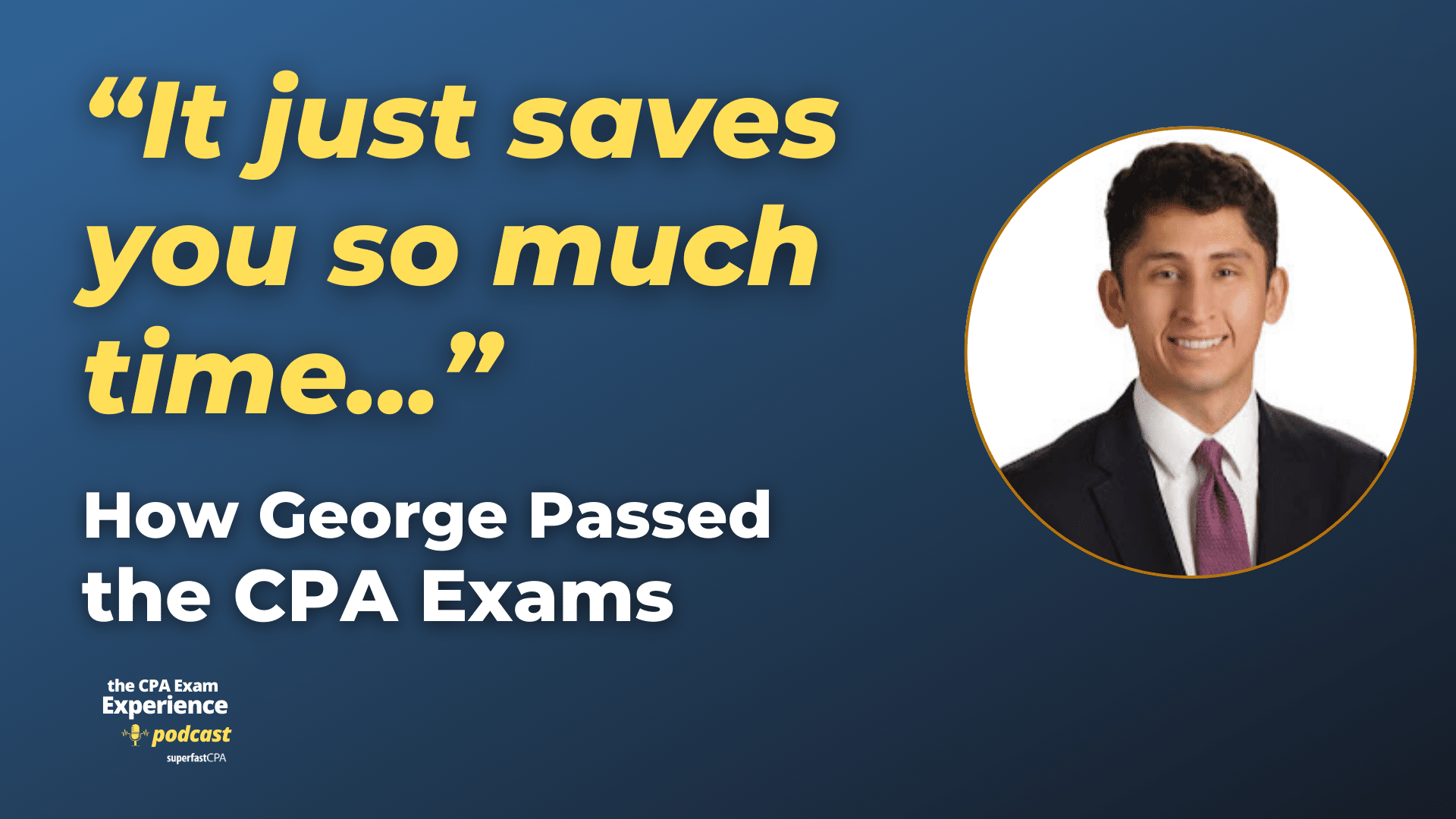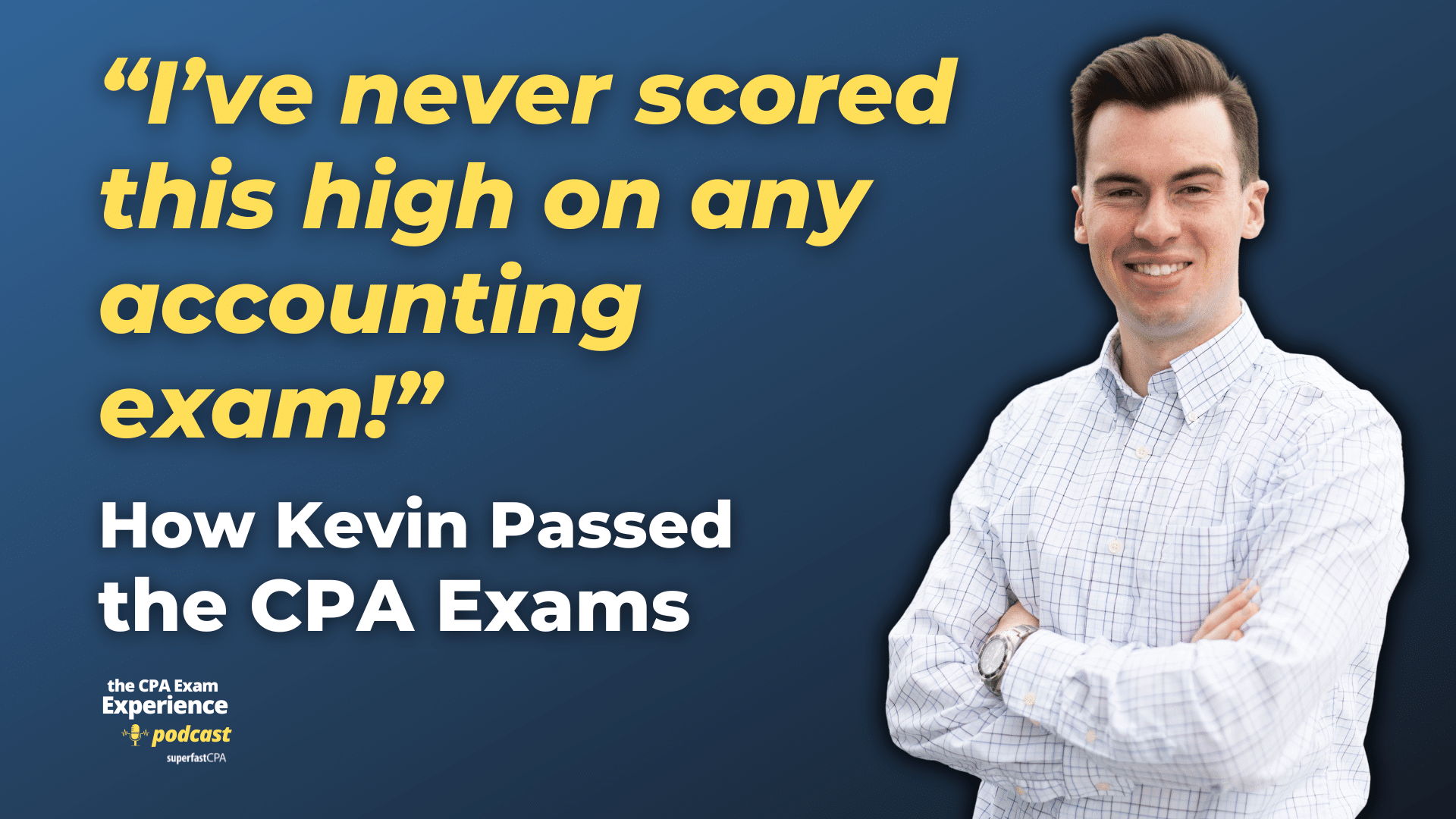Optimal Capital Structure
Optimal capital structure refers to the best debt-to-equity ratio for a firm, which maximizes its value and minimizes its cost of capital. In other words, it’s the ideal mix of debt and equity financing that a company uses to finance its operations and growth.
Capital structure matters because the different components of a firm’s capital structure have different costs associated with them. Debt, for example, requires regular interest payments, which can strain a company’s cash flows, but is tax-deductible, which can reduce a company’s tax burden. Equity, on the other hand, does not require regular payments, but shareholders expect a return on their investment, which can come in the form of dividends or stock price appreciation.
The optimal capital structure is one that strikes a balance between risk and return, thus optimizing the firm’s weighted average cost of capital (WACC) and maximizing its market value. It considers the point where the marginal benefit of further increases in debt equals the increase in financial risk.
However, the optimal capital structure can vary significantly from one company to another and may change over time as market conditions and the firm’s risk profile change. Moreover, different financial theories offer varying perspectives on what the optimal capital structure looks like. For example, the Modigliani-Miller theorem, in its basic form, suggests that in an ideal market, the capital structure doesn’t impact a company’s value, while in reality, factors like taxes, bankruptcy costs, agency costs, and asymmetric information make the choice of capital structure very relevant.
Please note that companies must carefully consider their business model, industry norms, economic conditions, interest rates, tax considerations, and their strategic objectives when determining their optimal capital structure.
Example of Optimal Capital Structure
Let’s consider a hypothetical company, Company ABC.
Suppose Company ABC is evaluating its capital structure options to determine the best mix of debt and equity. The company is currently financed by 40% debt and 60% equity. The cost of debt (interest rate) is 4%, and the cost of equity (required return by equity holders) is 8%.
The company’s current Weighted Average Cost of Capital (WACC), which represents its average cost of funds from both debt and equity, can be calculated as follows:
WACC = (Proportion of Debt x Cost of Debt x (1-Tax Rate)) + (Proportion of Equity x Cost of Equity)
Assuming the corporate tax rate is 25%, the WACC would be:
WACC = (0.4 x 0.04 x (1-0.25)) + (0.6 x 0.08) = 0.012 + 0.048 = 0.060 or 6.0%.
Let’s say the company is considering taking on more debt to take advantage of the tax shield benefits (since interest on debt is tax-deductible). After analysis, it finds out that a capital structure with 50% debt and 50% equity would lower the WACC to 5.5%.
In this case, moving to a 50/50 debt/equity split could be considered an optimal capital structure since it minimizes the company’s cost of capital, potentially increasing the value of the company. However, this doesn’t take into account the increased financial risk due to higher leverage. Company ABC must consider the increased default risk and potential for higher future interest costs if it’s perceived as more risky by lenders.
This is a simplified example and doesn’t account for other important factors that a company would need to consider in real-world situations, such as market conditions, its operational performance, financial stability, industry norms, strategic plans, and potential changes in interest rates. But it illustrates how a company might approach the problem of finding an optimal capital structure.


